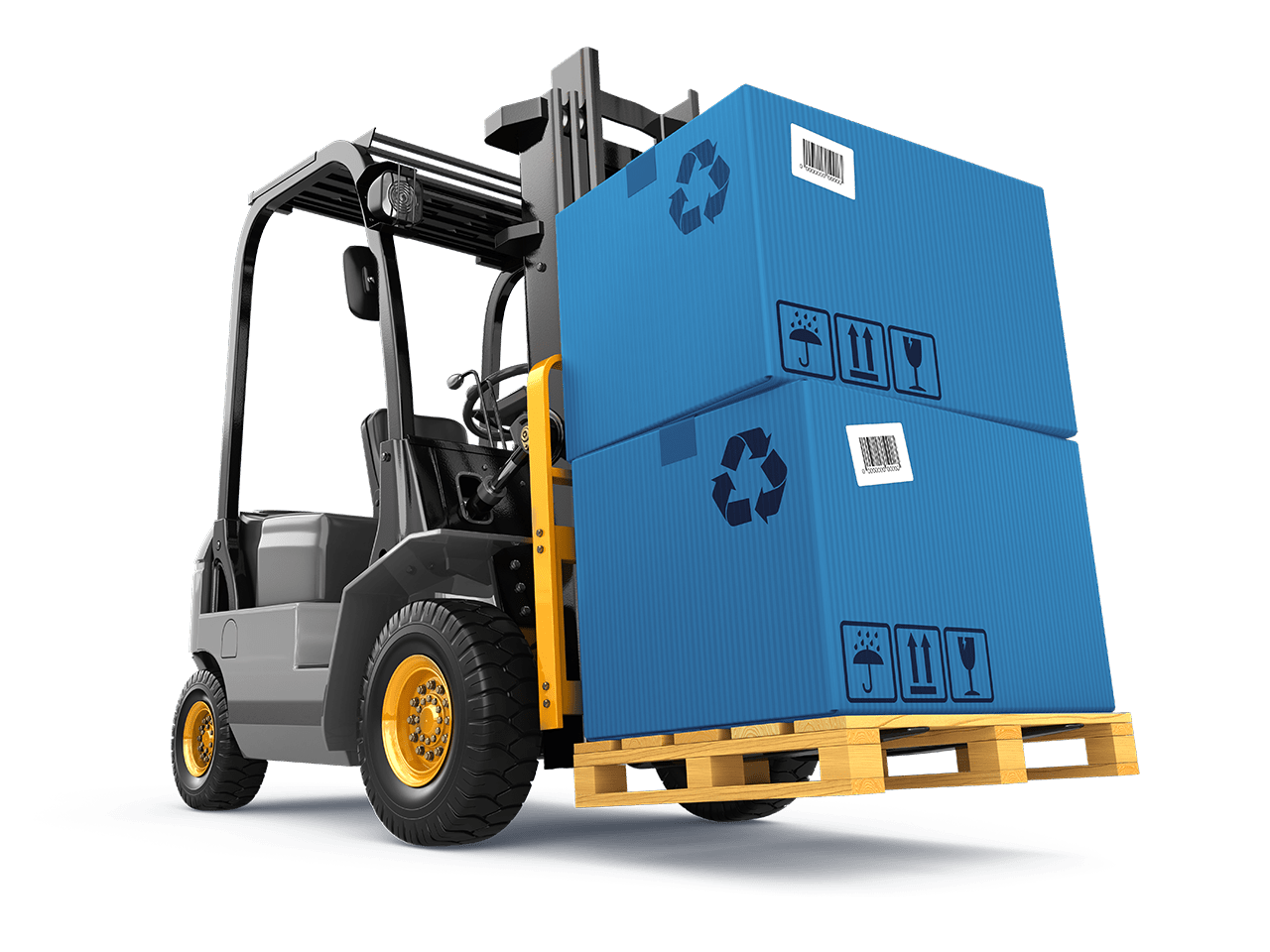Increase efficiency and improve customer service through digitalization
The transport order market is in a constant state of flux. This is due to changing legal requirements, innovations and increasing customer needs. Above all, however, new players have increasingly appeared on the market in recent years:
Digital freight forwarders who focus on digitally connecting and automating processes between supply chain actors, for example, to create more transparency with shipment tracking. What does this mean for traditional freight forwarders? And how can they keep pace with the market?
In Germany alone, more than three billion tons of goods are transported by truck every year, covering more than 30 billion kilometers. This transport market is hotly contested. On the one hand, there are traditional freight forwarding companies, some of which have been established for decades and most of which handle freight orders for shippers with their own truck fleets.
On the other hand, digital freight forwarders have been entering the market for several years. These act as intermediaries between supply, i.e. transport service providers, and demand, i.e. shippers. In addition to pure transport brokerage, they often offer further added value such as tenders, tracking and tracing, and cost-saving potential (e.g., through improved transportation planning). The latter also contributes to reducing the environmental impact of road freight transport.
The modern transport commissioning market makes high demands
Consequently, classic freight forwarders are facing major challenges: Not only is the market, in which margins are traditionally not particularly high anyway, becoming ever tighter – customers are also becoming increasingly demanding. For example, it has long been standard for consumers to be informed by e-mail or app almost to the hour when a parcel will be delivered. So it’s no wonder that this is also increasingly desired in the B2B sector.
Depending on the size of the company, a freight forwarder sometimes has up to hundreds of thousands of deliveries per year – not surprisingly, it is often difficult to keep track of them all. Where is the shipment right now?
Is the truck on time? Were the goods delivered to the customer? Were there any delivery problems? Especially when combined transport is handled by several different means of transport, such as trucks or rail, and perhaps even crosses national borders, the answers to all these are usually not available to the client. The transport process via freight forwarding – even in 2021 is often still a black box.
Another problem: In tightly timed supply chains, it inevitably leads to costly domino effects on the plant site, in the warehouse, in production, or in the retail sector even in the local store as soon as a transport is unpunctual.
Creating security for the future with the help of digital technologies.
In order to be able to meet the increased demands of the market and clients in the future, opening up to digital technologies seems inevitable for freight forwarders. But this also represents a great opportunity to adapt their business model and offer new services. After all, those who get involved can not only increase the efficiency of their business, but above all offer their customers better service – and thus position themselves better for the future. Many are already investing in digital solutions such as myleo / dsc from leogistics in order to catch up with their digital competitors in terms of flexibility, transparency and pricing policy.
Digital platforms and interfaces enable modern service levels
By providing telematics data for all trucks via a digital platform – including those of subcontractors – and networking with their clients, freight forwarders can add many digital offerings to their services.
Tracking & tracing in combination with automated notifications keep up to date on every step along the transport route. If desired, it is possible to give the client or regular customers access to the relevant transport information. This enables them to find out about the current status when required – in much the same way as end consumers are already used to with parcel deliveries. This means that the customer knows where his goods are at all times. The technical connection results in greater transparency for the client, which equates to a higher service level for the freight forwarder – and thus also higher client satisfaction.
Some platforms are even enriched with intelligent algorithms that can learn from patterns and optimize processes as a result. This technology can, for example, help to avoid expensive empty kilometers and thus even directly reduce costs. The information gained and shared, such as digital proof of delivery or quality reporting, can thus lead to competitive advantages – both for the freight forwarders themselves, but also for their clients. And all this at low cost! After all, modern web platforms no longer require long implementation times. They also eliminate the need for a special IT architecture and the associated maintenance costs.
Network collaboration facilitates collaboration between carriers and customers
Many shippers already rely on digital solutions, for example in the area of transport, yard or time slot management. Some even already wish to integrate their transport service providers into their processes and connect them to their systems. This ensures more coordinated processes, greater adherence to schedules, more transparency along the supply chain, and possibly also shorter waiting times at the loading points – which in turn leads to lower demurrage charges on the part of the freight forwarders. Freight forwarders who are prepared to follow this development and provide APIs, for example, will ultimately benefit noticeably themselves.
Here is an example: Nordzucker AG, one of Germany’s largest sugar manufacturers, has implemented a scenario in which retrieval from a high-bay warehouse begins automatically as soon as a truck is only 30 minutes away from the plant and will therefore arrive on time within its booked time window. Waiting times for truck drivers are thus practically a thing of the past. Digital technologies can thus improve cooperation between partners while at the same time noticeably optimizing processes on the plant site.
Transport expertise meets innovative digital customer services.
It is the combination of old and new worlds that will ultimately lead to success in the long term. The freight forwarding business in the highly volatile transport market certainly cannot be automated 100 percent: Personal contacts, mutual trust built up over many years and specialist knowledge should not be underestimated in the complex transport business. But with new, digital tools, freight forwarders can focus even more than before on their customers and deliver real-time information through new offerings such as tracking and tracing. And in the end, more transparency, reliability and higher customer satisfaction mean tangible competitive advantages in the tight transport market.
We are here for you!
It’s worth keeping an eye on the topic of digitalization of truck transport processes. Have we piqued your interest? Then feel free to contact us. If you have any questions about this or other topics in the blog, please contact blog@leogistics.com.
Kathrin Janshen
Consultant Digital Supply Chain













